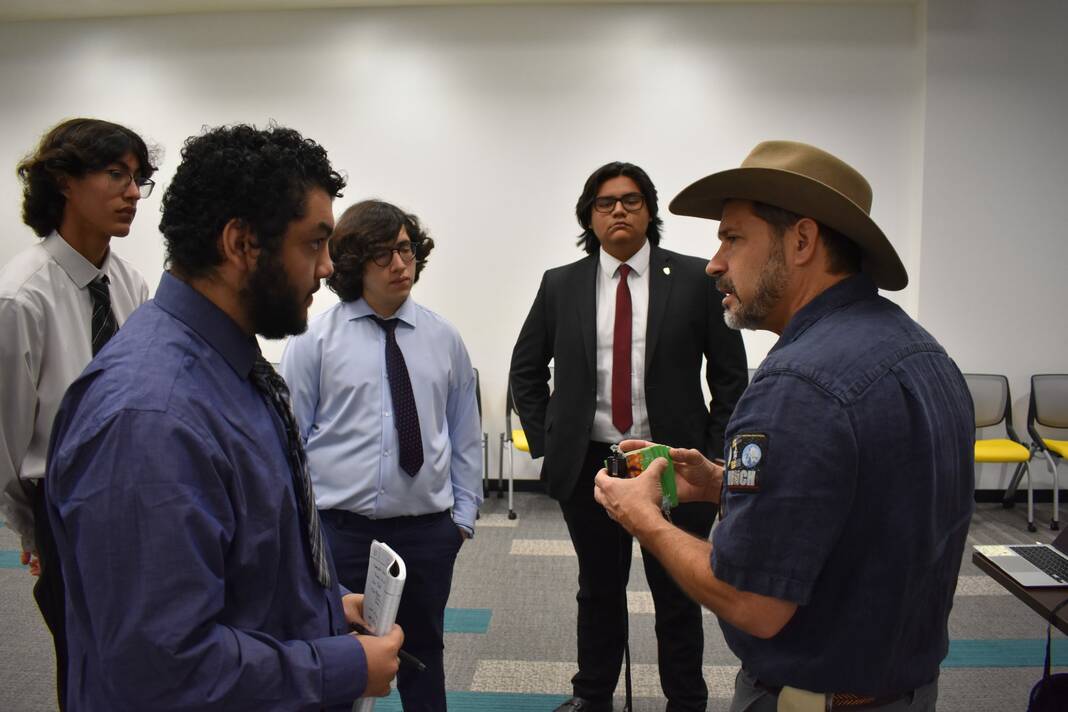|
Only have a minute? Listen instead
Getting your Trinity Audio player ready...
|
MERCEDES — With its inaugural year in the Rio Grande Valley, the NASA HUNCH program has over 1,300 students participating in it with South Texas ISD hosting the first review session featuring NASA engineers Thursday.
NASA HUNCH is a project-based learning program where students learn 21st century skills and have the opportunity to launch their careers through participation and design of real world products for NASA.
Johannes Starks, the regional mentor for the program, said she is shocked at how many Valley students are participating in the program in its first year.
“I’ve told everyone … There’s now more students in the Valley [in the program] than we have in Dallas and we’ve been doing it in Dallas for 11 years,” Starks said.
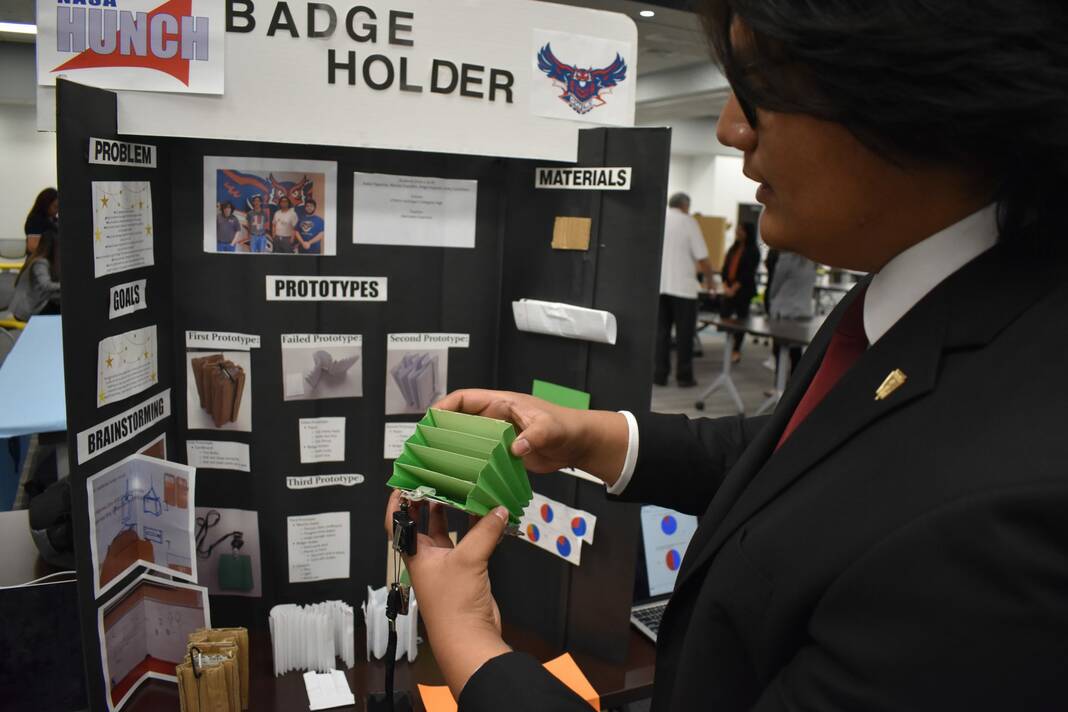
The program features eight different categories for students to participate in with only four being implemented in the Valley.
She said students from all over the Valley are participating in the program from Brownsville ISD to La Joya ISD.
The program has several stages with students going through a preliminary and critical review to determine which students will travel to the NASA Johnson Space Center in Houston and present their projects to NASA astronauts and engineers.
South Texas ISD hosted a preliminary review Thursday, which was attended by NASA HUNCH founder Stacey Hale, engineer and design and prototype project manager Glenn Johnson, and engineer and software project manager Michael Hayas.
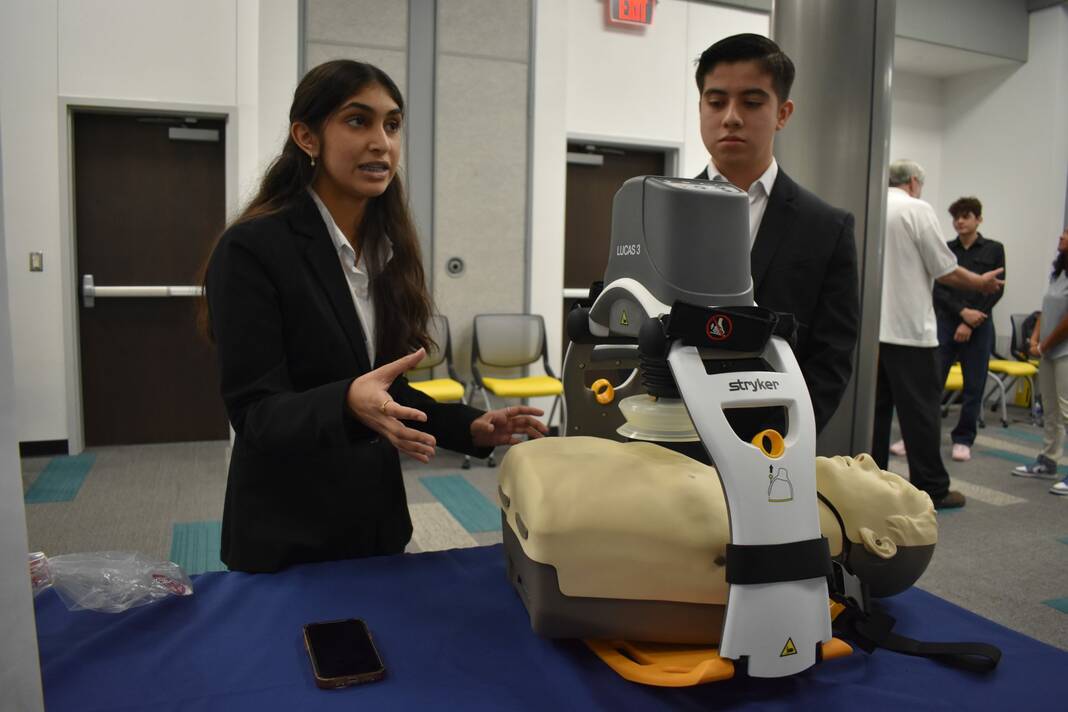
Going to each group and having students present their project, the engineers were able to give important feedback and recommendations for students to implement for their critical review coming sometime around February.
“I think the students have done an excellent job with their projects,” Hale said. “I’m very pleased with what they’ve done and where they’re headed and I’m looking forward to what they come up with.
Nidhi Patel, Robbie Tindaan and Dereck Garcia from South Texas ISD Medical Professions are working on a prototype for a CPR vest for use in space.
Inspired by going over CPR in class, the students asked themselves how would you do CPR in space.
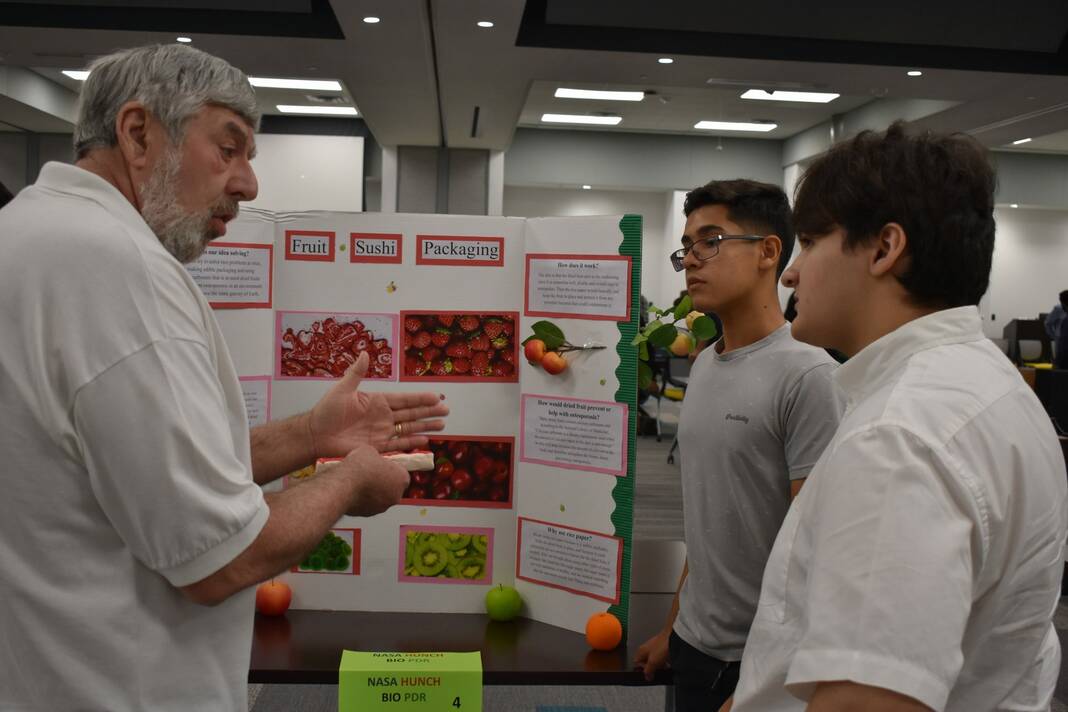
“We started researching and other ideas … in space aren’t as effective and so we decided to try and come up with a more effective solution,” Patel said.
After talking to the NASA engineers, the group will focus on making the vest smaller, waterproof and implementing a system to analyze heart rhythms.
Seniors from UTRGV Harlingen Collegiate High School worked on a badge holder prototype. Andy Castellano, Nicolas Capetillo and Diego Esquivel and Aidan Figueroa all worked together to produce an “accordion style wallet” to hold badges and cards with a lanyard and screwdriver component.
Esquivel said In the three months since they started working on the project, the group has had three different prototypes and even conducted their own survey to see what people ideally want in a badge holder.
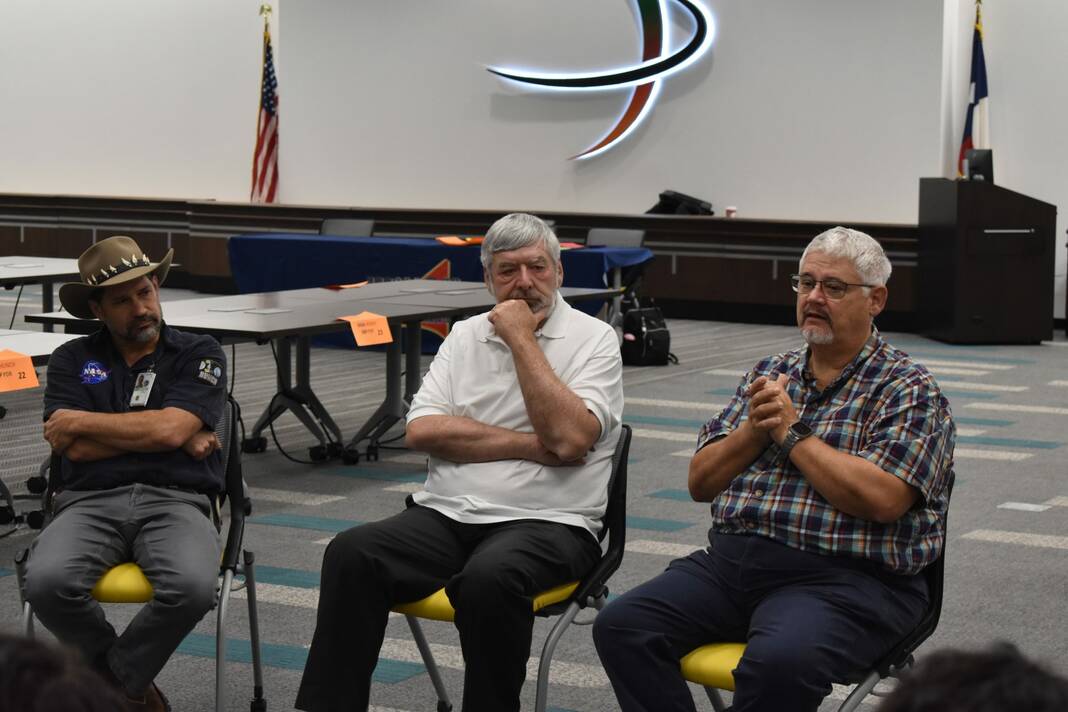
Having a positive experience with the program, Capetillo said it is a great opportunity to represent the Valley.
“I grew up in Harlingen, it’s my hometown,” he said. “So being able to meet with NASA engineers and show this to them has been such a great opportunity and then also working with people who are also interested in engineering.”
Guided by UTRGV Harlingen Collegiate High School engineering teacher, Mercedes Espinoza, she said watching her students grow their engineering knowledge ever since sophomore year is an amazing feeling.
“I remember teaching them back in sophomore year and … just to be able to see them and incorporate all the things from their previous experience and to be able to put everything together is amazing,” Espinoza said.
Starks encourages more school districts to participate in the program next year and could be contacted at [email protected] for more information.
“This is a unique opportunity for students to be able to work alongside the NASA astronauts,” she said. “I always say that it’s real world problems with out-of-this-world expectations. (Students) will be able to know that they’re going to create and design solutions for things that are actually going to be used for future space explorations.”

